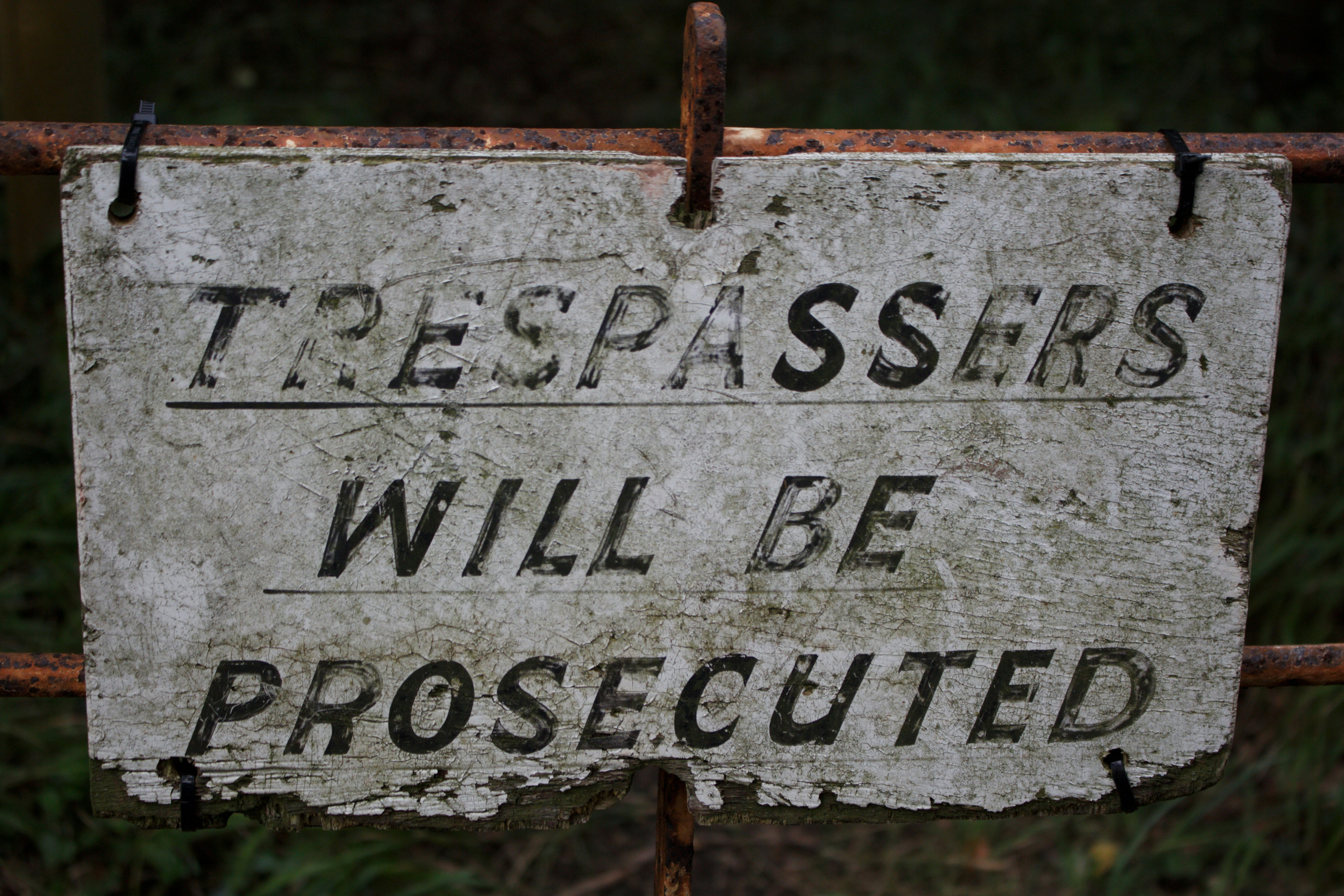If a patron stays on your property after being asked to leave, it’s considered a trespassing incident. But does that mean you have a right to damage the patron’s personal property? Did this salon owner go too far?
The Back Story
The video shows a woman in a salon. The salon owner asks her to leave, but the woman refuses. For some back story, the woman came into the salon smelling of alcohol and started some trouble.
When the patron refuses to leave, the salon owner throws her purse out of the building hoping the woman will pursue it. Did the salon owner have the right to potentially damage this patron’s private property?
Was This a Trespassing Incident?
Trespassing is going on or remaining on someone’s property without the right to do so or the owner’s consent. Several circumstances may lead to a trespassing charge as follows:
- Entering someone’s property with the intent to damage it
- Entering someone’s property with the intent to interfere with or obstruct the business activities being conducted
- Refusing to leave the property after being asked to do so
- Taking soil, dirt, or stone off someone’s property without permission
- Refusing a screening at an airport or courthouse.
The woman in this video entered a private property and interfered with the business. She was asked to leave but did not. Therefore, this would be considered a trespassing incident.
Two Wrongs Don’t Make a Right
The business owner was having a tough time getting the woman to leave her property. But does that give her the right to potentially damage her personal belongings? No, it does not.
Intentionally damaging or destroying someone else’s property without their consent is considered vandalism. Vandalism is a misdemeanor if the property damage is less than $400 and a felony if the property damage exceeds $400.
The items in this woman’s purse were unlikely worth more than $400. So, at worst, the shopkeeper would be guilty of a misdemeanor.
A judge may also reduce the charges because she committed the act to encourage the patron to leave the store. More importantly, since it seems no items were damaged, it’s unlikely the shop owner would be charged at all.
How to Handle a Trespassing Incident
Although the shop owner is unlikely to face charges for the incident, she could have handled the trespassing incident more responsibly. If someone is trespassing on your property, you should verbally ask them to leave. You should call law enforcement if they refuse.
If the person trespassing seems violent, you may use reasonable force to protect yourself. You may also file a civil lawsuit to prevent someone from continuously trespassing or for damages done during a trespassing incident. However, damaging a trespasser’s personal property is never the answer.
Businesses can also prevent trespassing by posting ‘no trespassing’ signs. They can also erect physical barriers to deter unauthorized entry.
What are the Punishments for a Trespassing Incident?

A trespassing incident can be charged as a misdemeanor, an infraction, or a felony. However, most trespassers are charged with a misdemeanor, which is punishable by up to six months in county jail and a fine of up to $1000.
Trespassing is considered an infraction if you willfully enter someone’s private property without permission and that property is enclosed by a fence or has a trespassing sign. These offenses are punishable by a $75 fine for the first offense and $250 for the second offense on the same land.
You may be charged with an aggravated felony if you threaten another person while trespassing and return to the property to carry out that threat. Aggravated felonies can be charged as felonies or misdemeanors.
A misdemeanor is punishable by one year in jail and a fine of up to $2000. A felony can get you up to three years in jail and a fine of up to $10,000.

